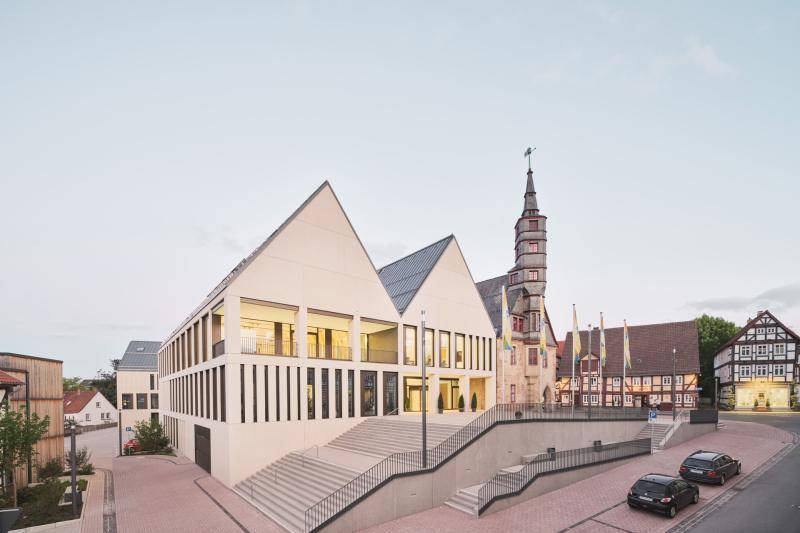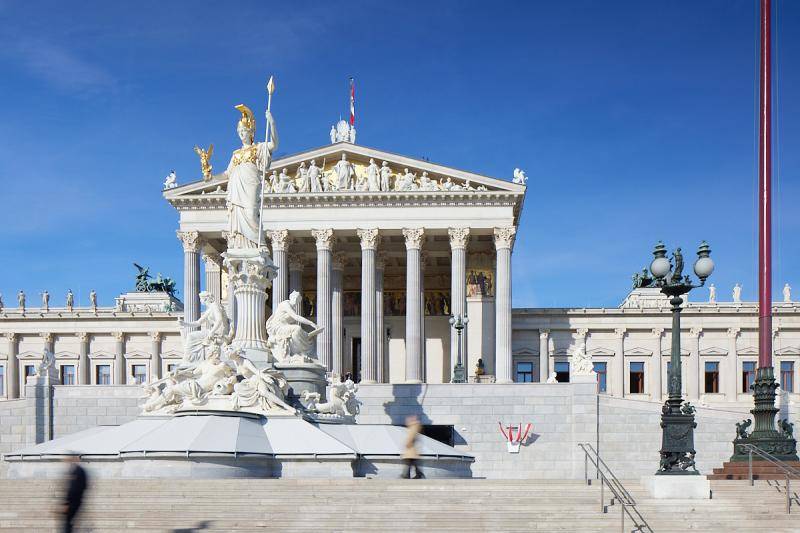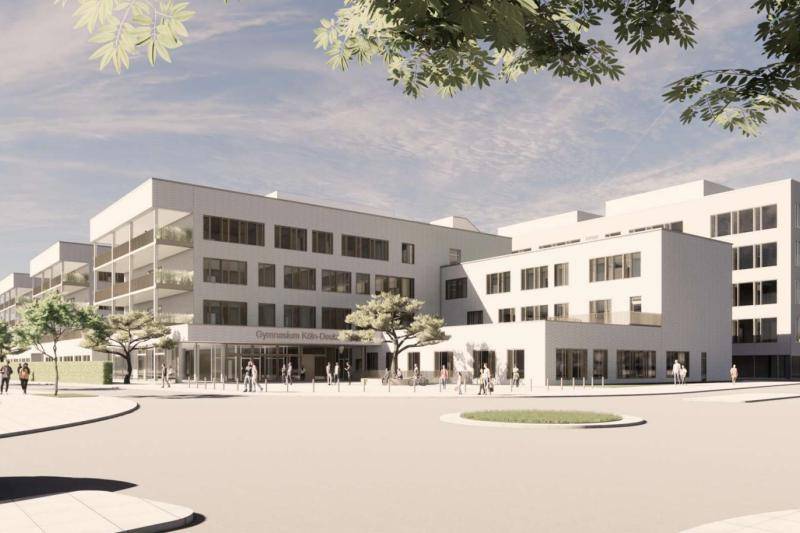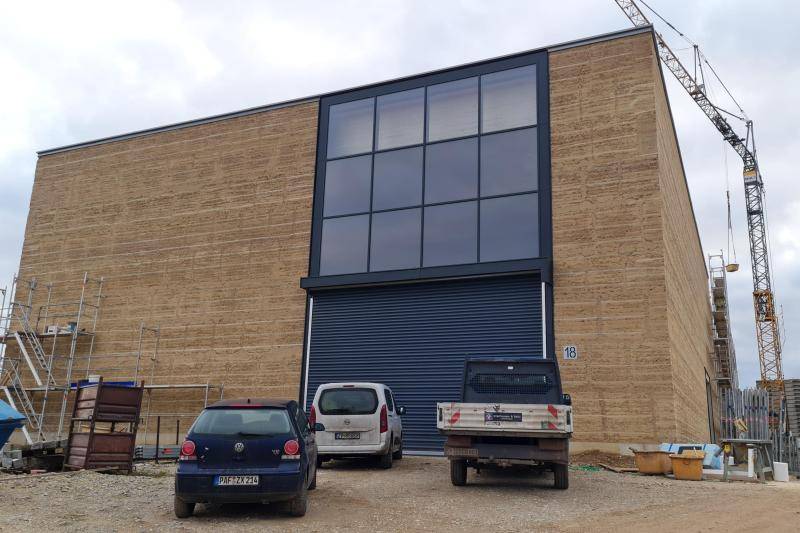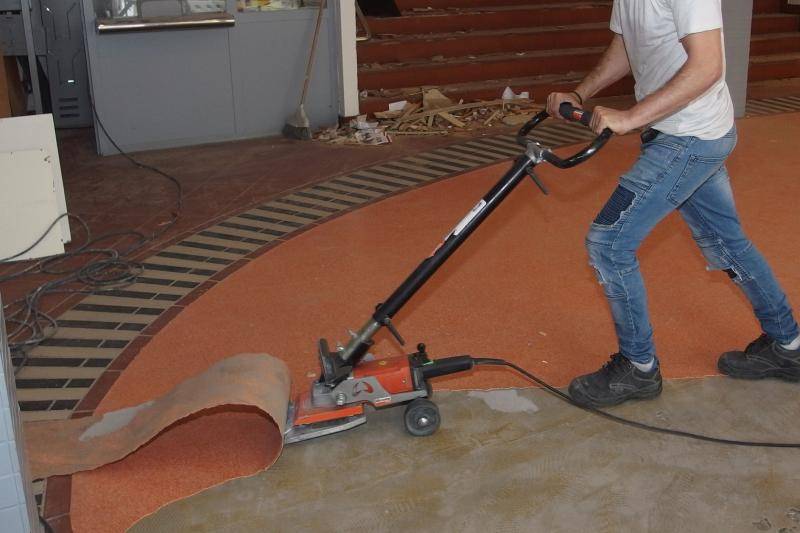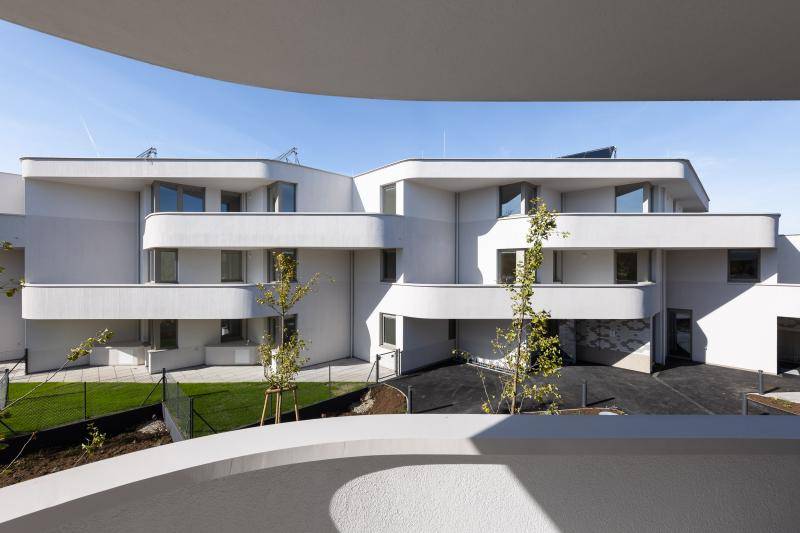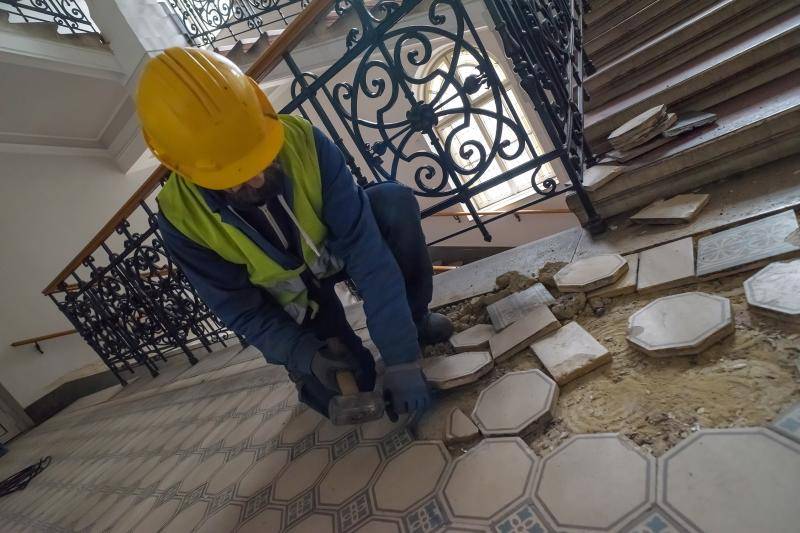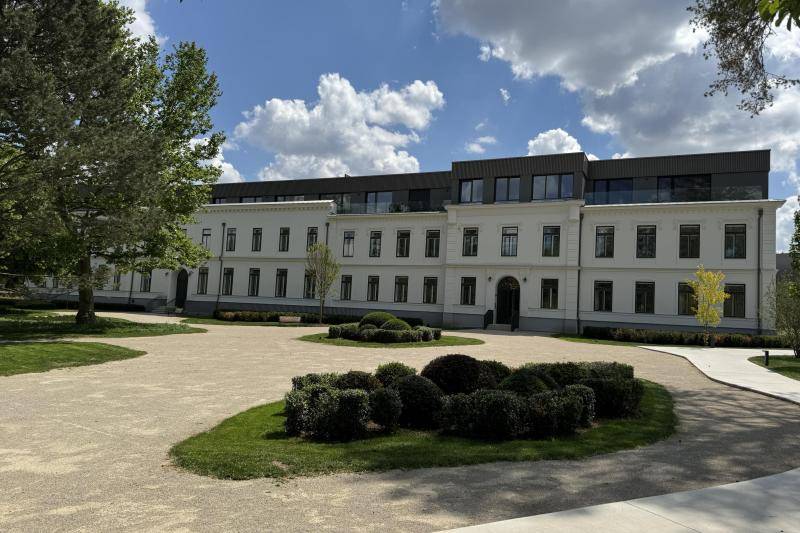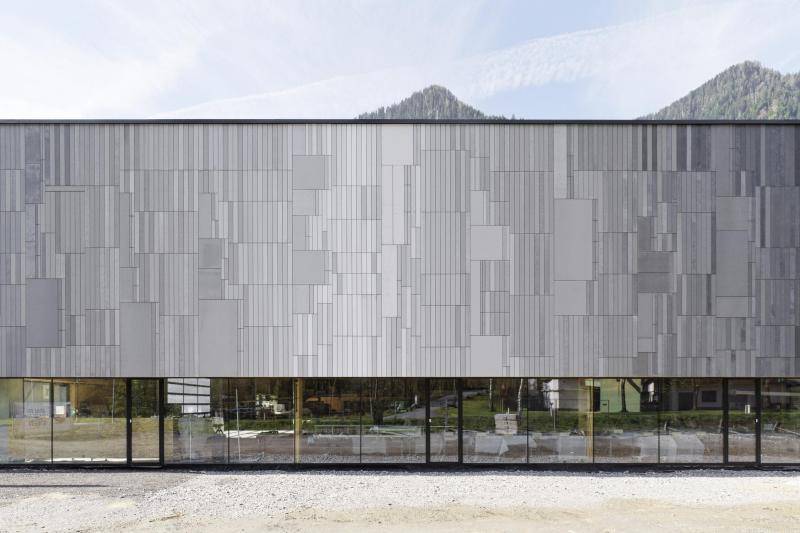ZIN - Brussels
The ZIN project developed by Befimmo comprises the renovation of Towers 1 and 2 of the Brussels World Trade Centre in the north of Brussels. After demolition, the existing towers will be connected by a new volume with 14 storeys and twice the height.
The ZIN project combines various functions in a highly innovative way. Living, working, living and hotel services are housed in one building. The multifunctional design of the ZIN illustrates the transformation that is taking place in the northern quarter. Once an office-only neighbourhood, it became deserted in the evenings and was further impacted by the COVID crisis and the increase in home office use. Now the authorities want to revitalise the neighbourhood and turn it into a more vibrant and greener district.
2024
110,000 m² total area
75,000 m² office space
14,000 m² for flats
16,000 m² for hotel accommodation, leisure areas, restaurants and shops.
Befimmo

This innovative building follows the principle of the circular economy and integrates the cradle-to-cradle concept to maximise waste reduction. The reuse of existing elements such as basement floors, foundations and the access core, as well as the recycling of materials that cannot be used on site, ensures a sustainable construction method. New building materials are largely cradle-to-cradle certified, including glazing, aluminium window frames and floor coverings.
A special ‘curage’ process analysed the materials for reusability. For example, flint slabs from the former plinth were used for the new terraces. The planning of the building allows for long-term adaptation to changing needs, as non-structural components can be easily dismantled. All floors are equipped with terraces so that the proportion of living space can be increased if required.
95% of the existing building mass was retained, reused or recycled, while only 5% was non-recyclable. 30,000 tonnes of concrete were reused, saving 33% of CO2 emissions compared to a new build. In addition, a geothermal system covers 70% of the heating and cooling requirements and ensures high energy efficiency. This sustainable concept sets new standards for resource-conserving construction.

